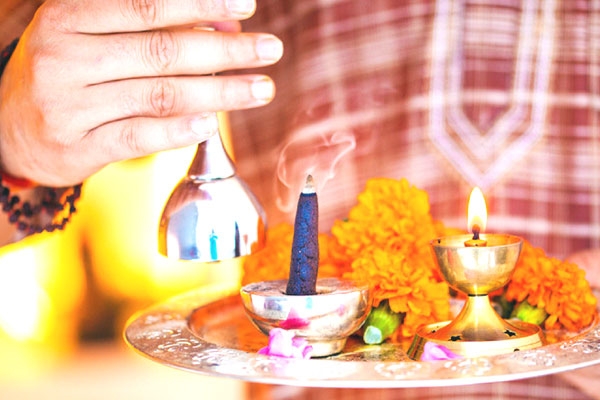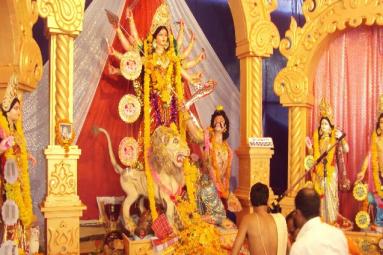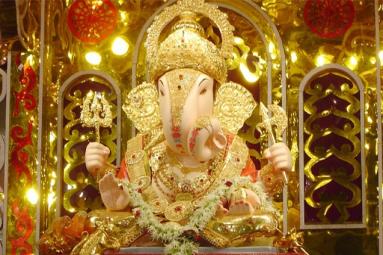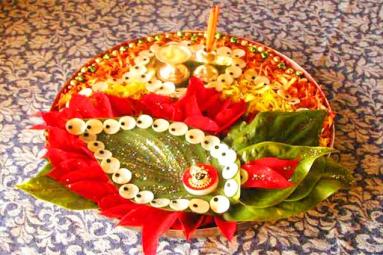
(Image source from: Housing.com)
In Hindu Culture, performing daily puja is considered as the simplest way to convey our ode to the supreme almighty for bestowing us with this life and fulfilling all our wishes based on our Karmas. It is a submissive way to convey our gratitude to the lord and the custom past ages. From the time of Rishis, Daily Puja has attained its importance both as an Aaradhana and spiritual practice.
This spiritual activity carried out during the morning is the best way to start a day and it hints at the popular Sanskrit saying, “Sarve Janah Sukhino Bhavanthu”, which means wishing good for all.
Performing Puja is not confined to your age, gender or social status. The only thing that matters is sheer dedication and pure bhakti. Most of us perform Daily Puja but somewhere we’ll be unsure about the procedure of worshiping God in a right way.
Why Daily Puja Is Performed in the Morning
Mornings are said to be auspicious to perform Puja and any sacred activity performed during these hours are more fruitful. Puja demands tranquil and peaceful mind and no time is as serene as the morning after a prolonged laze at night. According to vedas, Godly bodies will be more receptive to prayers during the morning and inspires us to be in a meditative state.
Preparing Yourself for Daily Puja
It is very important for you to prepare your body and mind before starting Puja. A day before performing daily puja, keep your clothes ready separately soaked and dried. Wear only traditional attires.
How to Perform Daily Puja at Home
As a general rule, every single home will have a separate place to perform Puja or you can choose a place where there is less hindrance.
1. Sit on a piece of cloth or mat facing North or East.
2. First, you’ll clean the place and idols by sprinkling a few drops of water. Make use of a separate cloth to clean the idols and later on, apply Kumkum to the idols.
3. Light the lamps and ensure that you are placing two deepams on either side of the mandapam one facing east (towards the sun) or another facing North (for a god).
4. After lighting the lamps, you’ll begin with Ganesha stotra followed by Guru Stuthi because Vedas give more importance to Guru than the God.
5. Then, you’ll start chanting shlokas and hymns in praise of your God as Stothram. As per your time and convenience, you can read and recite as many shlokas you want according to your family traditions.
6. After worshiping with shlokas, you will decorate the God with flowers and offer incense sticks followed by Naivedyam
7. Finally, you’ll end Puja by lighting camphor and performing aarti.
8. Those doing SandhyaVandane will start Daily Puja with Achamana and Gayatri Mantra.
How to Perform Special Puja at Home
Special Puja is performed by following all the vedic rituals by Purohits or Pandits. During special occasions and festivals, people opt for special Puja and it is preferred to go for Purohit/Pandits.
From ages, there is a myth that Daily Puja is nothing but an orthodox activity but now, the time has come to break some bygone myths about performing Puja as just an orthodox activity. India as the land of shashtras and vedas defines Puja as a religious activity performed to keep us intact with cosmos and the infinite energy.
By Sowmya Sangam







